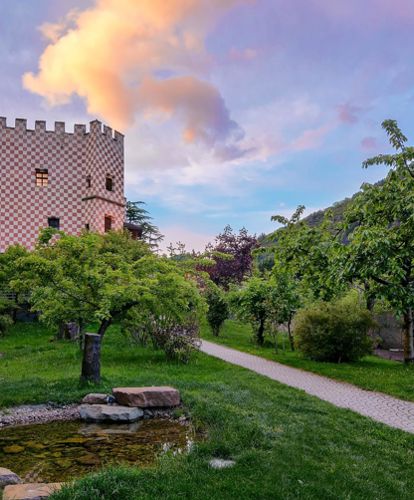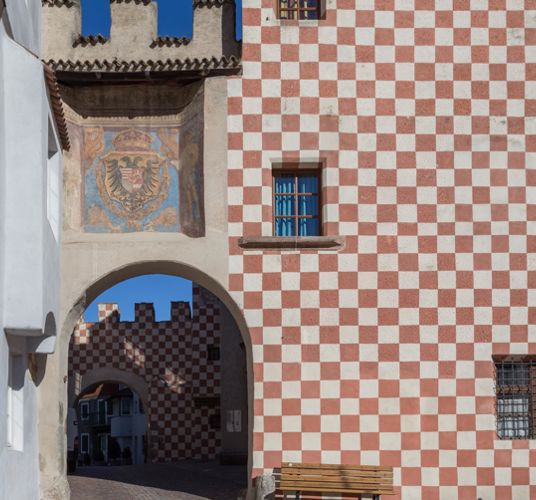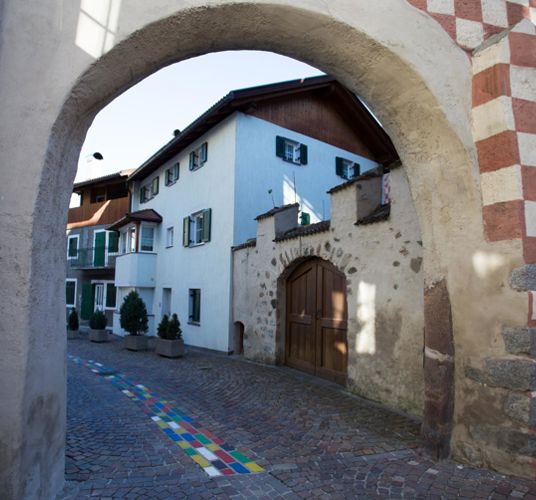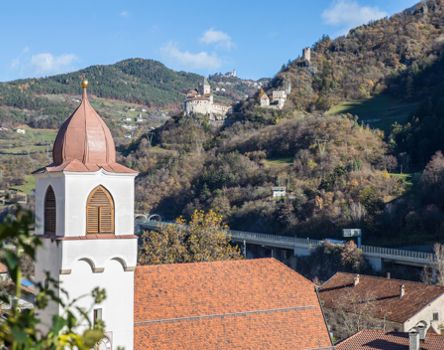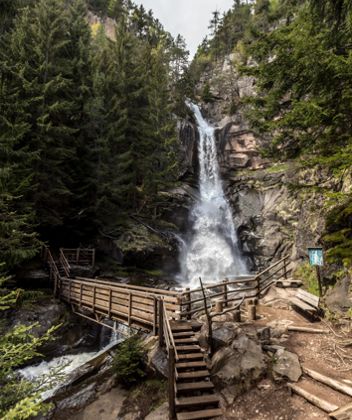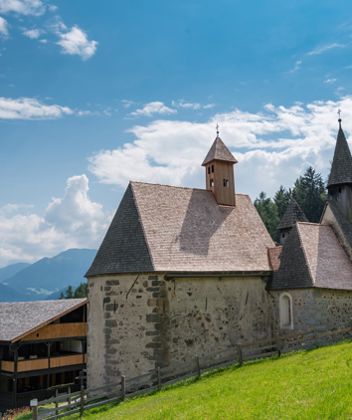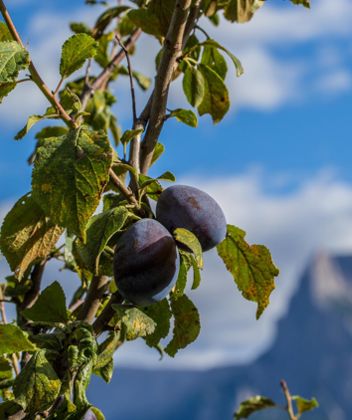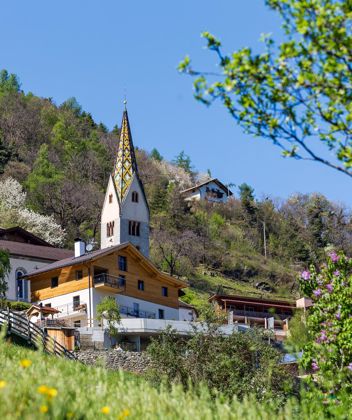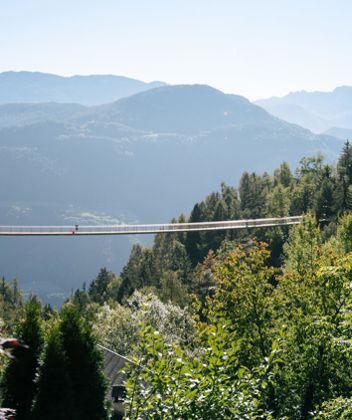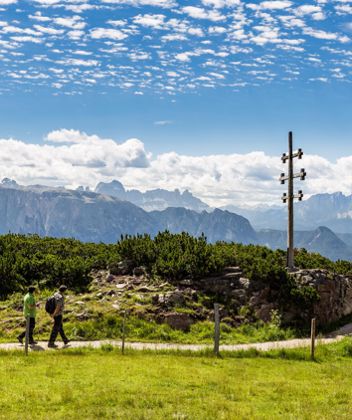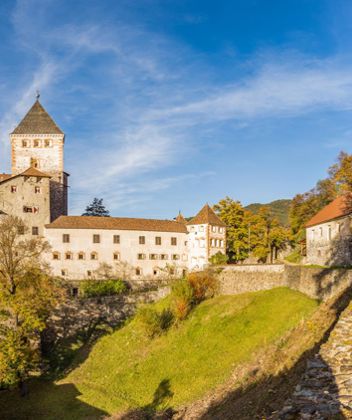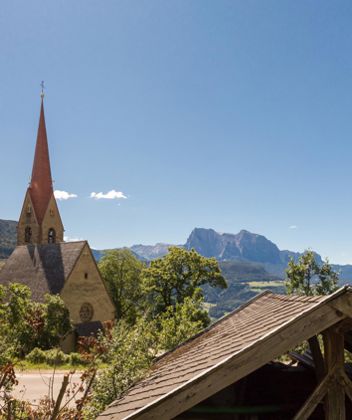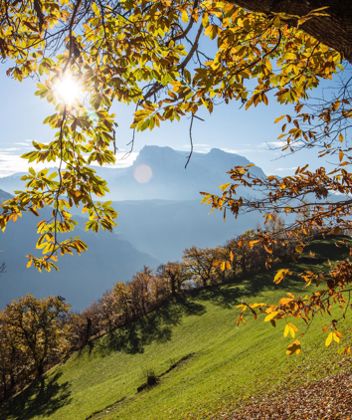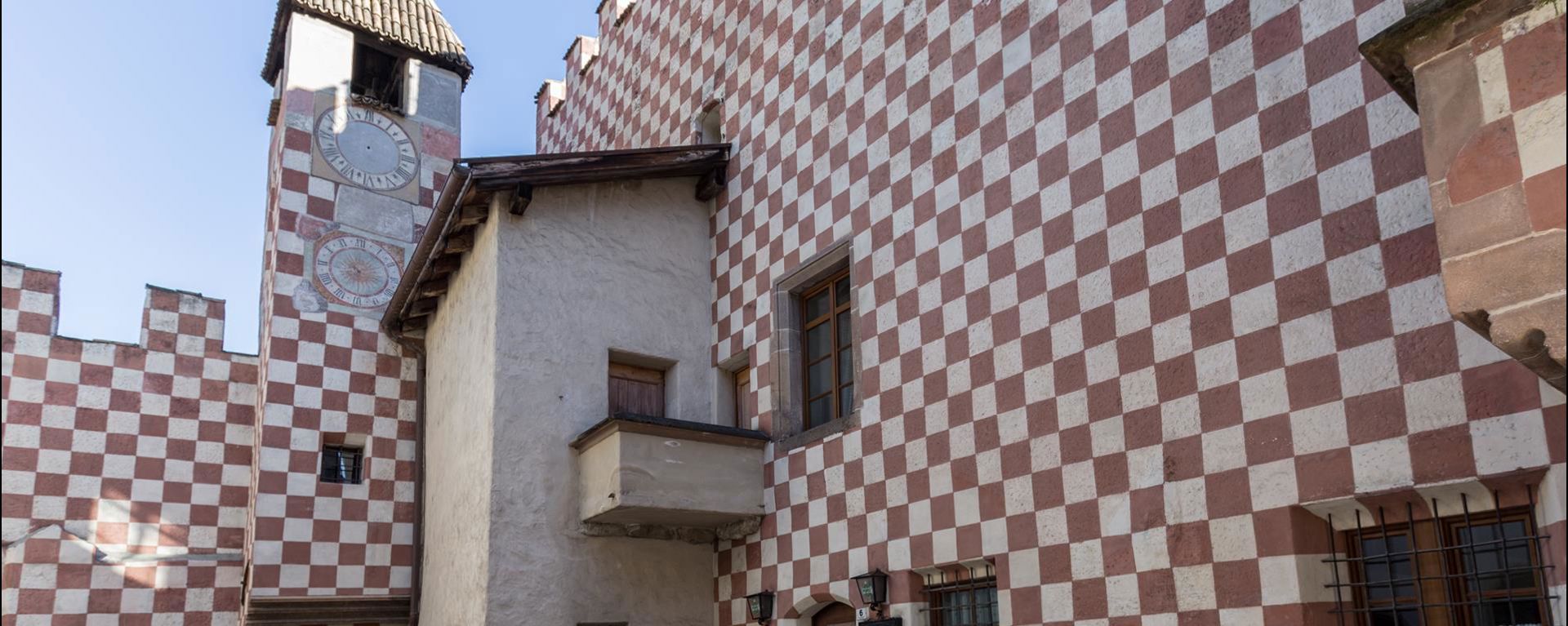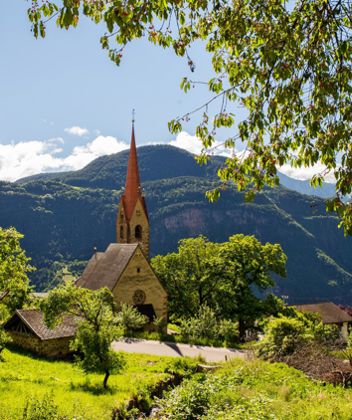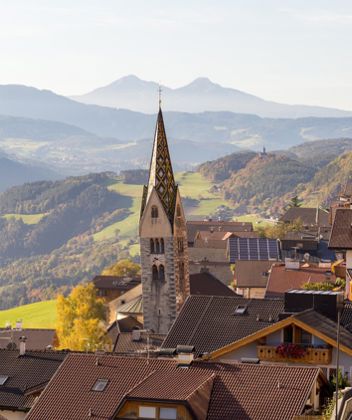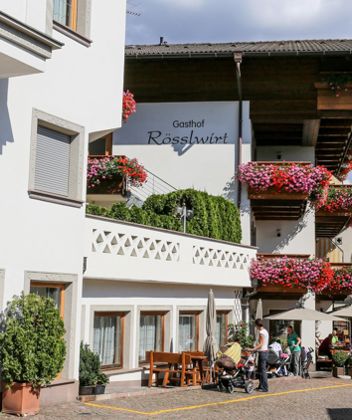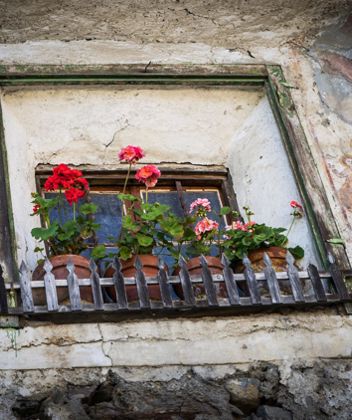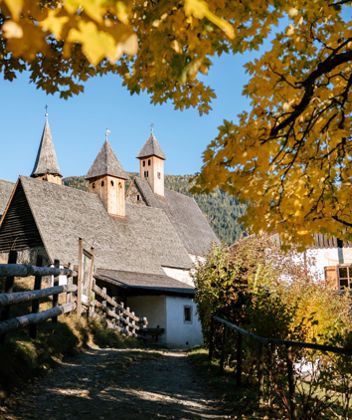Famous
Kollmann
From the non-descript customs station to the popular travel destination for famous people: Even Goethe knew about how charming the village is!
The Eisacktal valley was a significant place of transit thanks to the development of Kollmann/Colma, a hamlet of Barbian, located on the right bank of the Eisack river. Already in Roman times (15 B.C - 476 A.D.), there should have been a settlement there, called "Sublavio". Precious findings on the Roman where discovered in 1927 during the construction of the hydroelectric reservoir.
Kollmann was also the starting point of the so-called emperor road Kaiserstraße, given the impassability of the Eisack gorge between Kollmann and Kardaun/Cardano. This road led up to Ritten/Renon and on to Bozen/Bolzano. Numerous travelers and over 60 imperial convoys chose this strenuous climb up to "Rotwand", Lengstein/Longostagno and Lengmoos/Longomoso during their coronation journey to Rome and also on their return.
In the same context, one might consider the former name of Kollmann. By 1217 this area was in fact called "Rittenfuoz". The denomination "Colman" ("…Rittenfuoss built by Kolman…") emerged around 1355, and the sir’s name was probably used to name the whole settlement.
The Eisacktal valley was a significant place of transit thanks to the development of Kollmann/Colma, a hamlet of Barbian, located on the right bank of the Eisack river. Already in Roman times (15 B.C - 476 A.D.), there should have been a settlement there, called "Sublavio". Precious findings on the Roman where discovered in 1927 during the construction of the hydroelectric reservoir.
Kollmann was also the starting point of the so-called emperor road Kaiserstraße, given the impassability of the Eisack gorge between Kollmann and Kardaun/Cardano. This road led up to Ritten/Renon and on to Bozen/Bolzano. Numerous travelers and over 60 imperial convoys chose this strenuous climb up to "Rotwand", Lengstein/Longostagno and Lengmoos/Longomoso during their coronation journey to Rome and also on their return.
In the same context, one might consider the former name of Kollmann. By 1217 this area was in fact called "Rittenfuoz". The denomination "Colman" ("…Rittenfuoss built by Kolman…") emerged around 1355, and the sir’s name was probably used to name the whole settlement.


